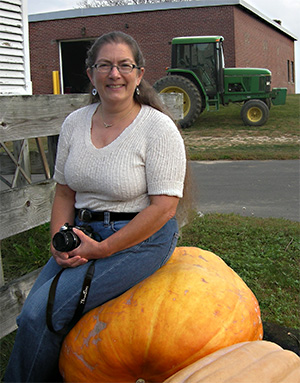
In a New York Times article this week (A Smarter Fall Cleanup), Meg McGrath, plant pathologist at the Long Island Horticultural Research and Extension Center, and Becca Rodomsky-Bish, project leader at the Cornell Lab of Ornithology — both serious home gardeners beyond their day jobs — share science-based advice about best ways to put your garden to bed for the winter.
It’s good to not remove every shred of leaf and dead plants from your lawn and landscape as this may reduce habitat for overwintering insects and be detrimental in other ways. “Let’s be a little bit messier,” Rodomsky-Bish suggests.
But in the vegetable garden, sometimes it’s better to use a firm hand. McGrath stresses the importance of removing diseased crop debris when the disease is caused by a pathogen that can survive winter in it. Not all can.
“I am especially concerned about fungal tomato pathogens such as anthracnose, Septoria leaf spot or early blight surviving,” says McGrath, “along with various bacterial diseases. So that debris goes out to the municipal compost with other yard waste my husband and I don’t want to compost or chip.”
For more details of McGrath’s plant-disease-suppressing approach, read the whole article.


